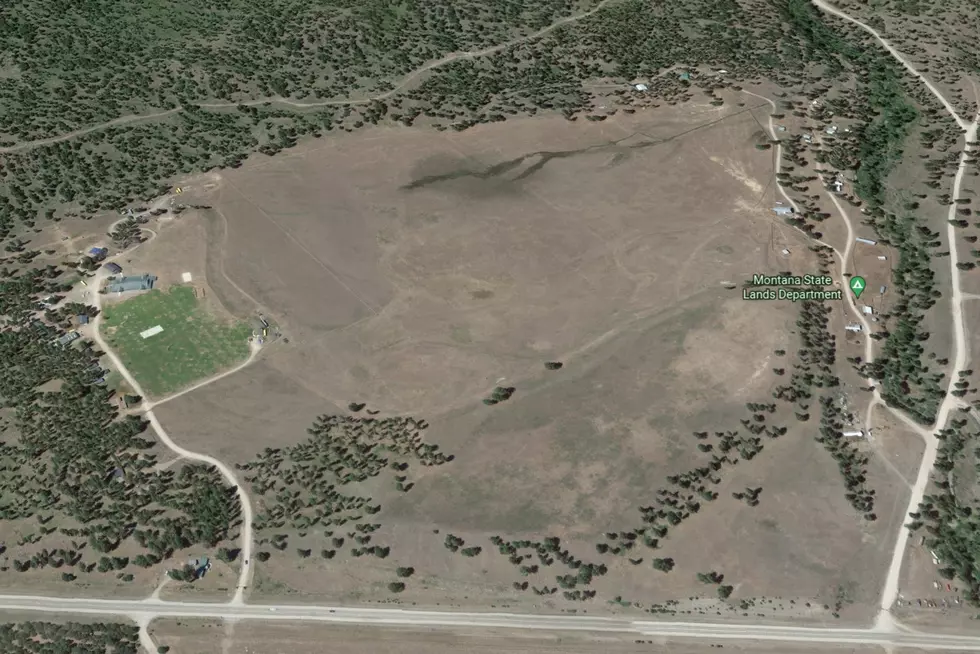
Planning Board recommends approval for Clearwater subdivision; wildlife concerns linger
The Missoula Consolidated Planning Board on Tuesday recommended the approval of a 20-lot subdivision proposed on 200 acres near Clearwater Junction, though one of the conditions placed upon the project didn't please the developer's representatives.
The Clearwater Meadows Ranch Subdivision, proposed by John Richards, marks the third iteration of the project dating back to 2007. This time, however, the planning board has recommended that the county approve the project.
Commissioners will consider doing so early next month.
“I think one of the clearest indicators of housing needs in this area is the fact that Paws Up purchased the hotel at Clearwater Junction near the cow, and two motels in Seeley Lake, just to house their employees,” said Joe Denhert, a project representative at IMEG. “The housing out here is limited. There's not a lot of options.”
The property sits off Highway 200 at Blanchard Creek Road and was formerly used to graze cattle. It's surrounded by forest and Blanchard Creek, which lies at the heart of the conditions included in approval of the subdivision.
Based upon the recommendations of various agencies and groups, including the Clearwater Resource Council and Five Valleys Audubon, the county may require the developer to increase the buffer along Blanchard Creek, which essentially eliminates one of the subdivision's lots.
“Because of past grazing that predated the current landowner, this is really considered a degraded resource,” county planner Tim Worley said of Blanchard Creek. “It does run in the spring and FWP considers it to be one of the better fisheries in the Blackfoot, and a fishery with significant enhancement potential.”
The riparian area also supports a diverse number of bird species. Along with a wider buffer, the county is recommending a restoration and management plan for the stretch of creek that runs alongside the property.
But the developer's representatives asked the planning board to forgo the wider buffer, saying it wasn't necessary and could potentially impact the entire project.
“We believe it represents an unconstitutional taking of private property,” said attorney Tom Ore, who also represents the project. “Given the current situation we're facing in this county for developable areas, it seems unreasonable and there seems to be better ways to address concerns over that riparian area.”
However, members of the planning board were unswayed, saying the developer could ask county commissioners to reconsider the wider buffer when they consider the project next month.
“There's been enough comments from enough organizations that seem to be very consistent for the need to increase the size of the riparian buffer,” said planning board member Rick Hill. “I understand where the developer is coming from. But you can't always expect that to be the final result.”
While the wider buffer may be a source of contention, the developer has agreed to other terms of approval, such as requiring bear-resistant trash containers and limiting the use of water for landscaping within the project.
“The applicant has agreed to limit lawn and garden irrigation to limit well output. That's a pretty significant limitation that's been agreed to with the Department of Natural Resources and Conservation,” said Worley.
The project was first proposed in 2007 and included 119 lots at the time. The county denied that project due to its density. It did so again in 2011 when the developer proposed a 59-lot subdivision.
Now at 20 lots, county planners believe impacts on wildlife can be mitigated. Worley described the area as “a wildlife rich landscape” that's home to large predators including wolves, grizzlies and mountain lions, as well as prey such as deer and elk.
“Clearwater junction already has had a number of incidents requiring relocation of species, with some individual animals needing to be destroyed,” Worley said. “FWP has stated that 20 lots is the maximum number that will be manageable, given there will be wildlife issues on this property.”
Members of the planning board wanted to place conditions upon fencing, though county officials said that was beyond the scope of the law.
“State law allows rural landowners to fence the perimeter of their properties,” Worley said. “We don't have a lot of regulatory influence within the context of subdivision review. For us to say you can't do a perimeter fence, that's beyond what we can do in state law.”
